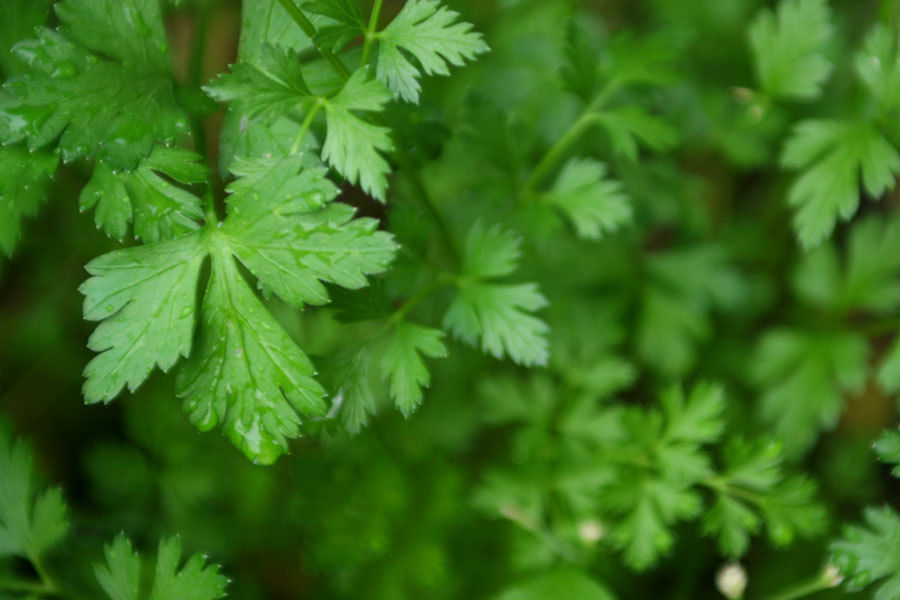
ENCYCLOPLANTS
HOUSE PLANTS
Click on the relevent letter for the name of the plant you are looking for to take you to the page where the plants and information can be found.
A houseplant is a plant that is grown indoors in places such as residences and offices. Houseplants are commonly grown for decorative purposes, positive psychological effects, or health reasons such as indoor air purification. Plants used in this fashion are most commonly, though not always, tropical or semi-tropical epiphytes, succulents or cacti.
Houseplants need the correct moisture, light levels, soil mixture, temperature, and humidity. As well, houseplants need the proper fertilizer and correct-sized pots.
Major factors that should be considered when caring for houseplants are moisture, light, soil mixture, temperature, humidity, fertilizers, potting, and pest control. The following includes some general guidelines for houseplant care. For specific houseplant needs, the tags that sometimes come with plants are notoriously unhelpful and generic.
Both under-watering and over-watering can be detrimental to a houseplant. The best way to determine whether a plant needs water is to check the soil moisture. Feeling the soil is most reliable, since moisture meters are often inaccurate. Most potted plants must be allowed to reach an appropriate level of dryness in between waterings, though the amount of watering required varies greatly depending on the species. Proper soil moisture can range from still slightly moist on the soil surface to very dry to nearly the bottom of the pot. Watering a plant by the calendar is not recommended. If a plant does need to be watered, water should be slowly poured over the surface of the soil until it begins to drain out the bottom of the pot, ensuring complete saturation.
However, sometimes the soil separates from the sides of the pot if it is allowed to dry out thoroughly, allowing the water to flow down the sides of the rootball and out the bottom too quickly to be absorbed and retained by the soil and roots. If this is the case, it may be necessary to set the plant in a shallow dish of water long enough for it to soak up enough water to moisten the rootball to its center.
Repotting should eliminate this problem. Repotting should be done only when necessary, since the roots of a plant that is in an excessively large pot may rot.
Light, ventilation and temperatures must be taken into consideration when choosing the locations of your houseplants as all different plants have different requirements to survive. Soils are also a key part for indoor plants, many require specialist soils to survive due to their unique natural habitats. Pot size when re potting is also key to survial for indoor plants as many plants have specific requirements for space around the roots, some prefering to be pot bound and roots tightly clustered where as others require space to spread.